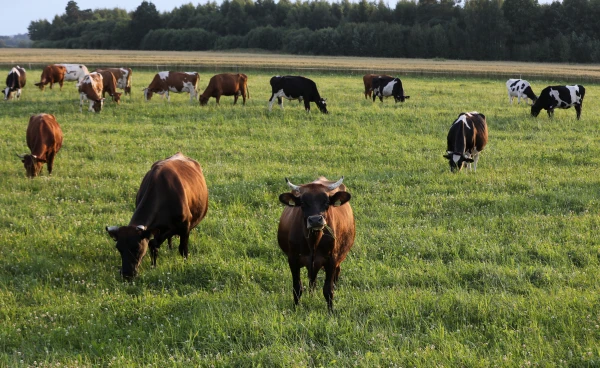
The Ministry of Agriculture of Latvia, under the leadership of Minister Armands Krauze, released a report "On the Progress of Latvia's Achievements in the Strategic Plan for Agricultural Policy for 2023-2027."
For some, progress; for others, regression. What Latvia has spectacularly failed at is reducing greenhouse gas emissions (GHG) in the livestock sector.
For 2024, the goal was set to decrease the volume of greenhouse gases and ammonia emissions by 29.34% – however, only 18.17% was achieved. The initiative of "manure management" is still not fully realized by farmers.
Similarly, the indicator for "good animal welfare" concerning cattle is low – 35.37% instead of 56.44%.
Likewise, the plans for afforestation of agricultural land turned out to be extremely unrealistic. Less than one-tenth of the planned areas were planted with young trees – 329.65 hectares out of 3427 hectares.
On the other hand, the areas that, not being part of commercial agriculture, produce oxygen by themselves, thus contributing to the absorption of GHG, have increased – in 2024, the areas of "perennial grasses, perennial crops with permanent vegetation cover, wetlands, and peatlands of agricultural land" rose by 66.51% instead of 37.68% in Latvia.
Since the land formally remains agricultural but is not used for production, it is logical that "water quality protection" is growing on these lands. Here, Latvia exceeded the EU standards from 23.23% to 32.06%.
Moreover, our farmers are much better equipped with broadband internet than the average in the European Union – with 81.7% compared to Europe's 56.4%, we look simply magnificent. This allows the farming class to actively participate in shaping public opinion and influencing state policy, including not only agricultural policy.


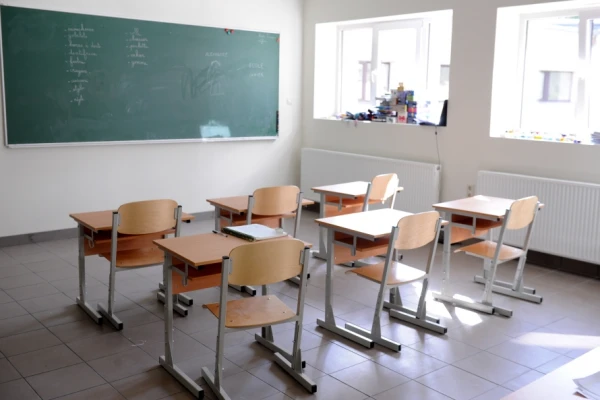
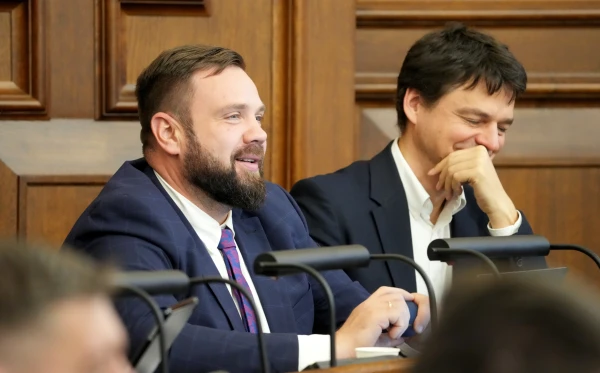


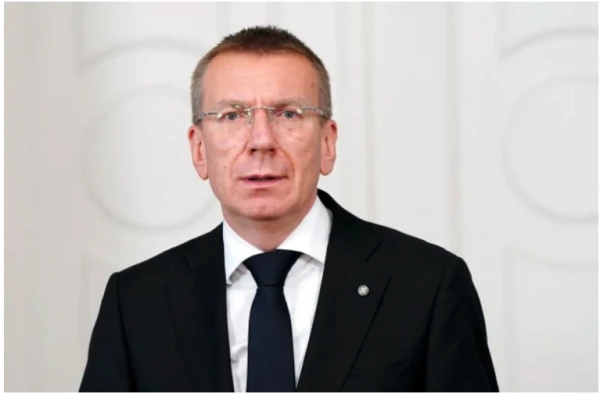
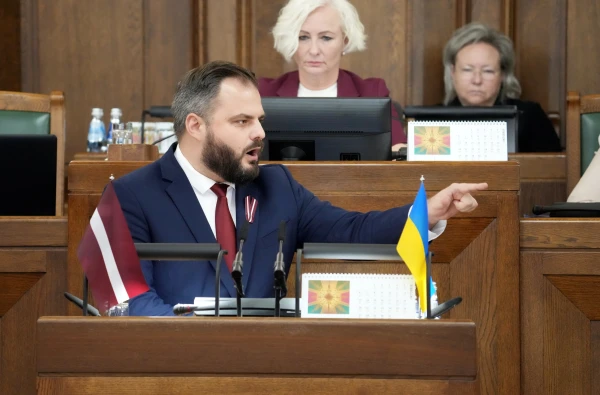


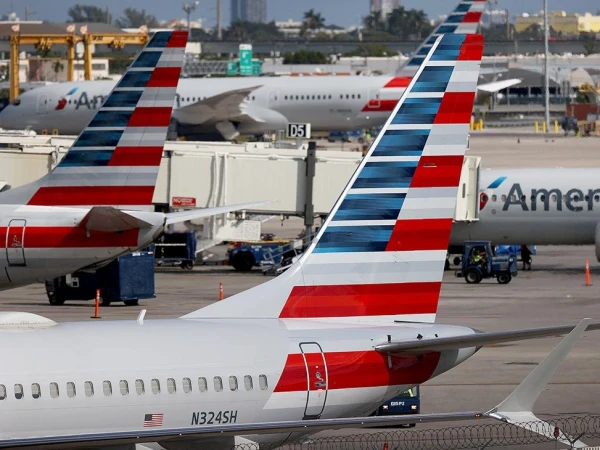




Leave a comment